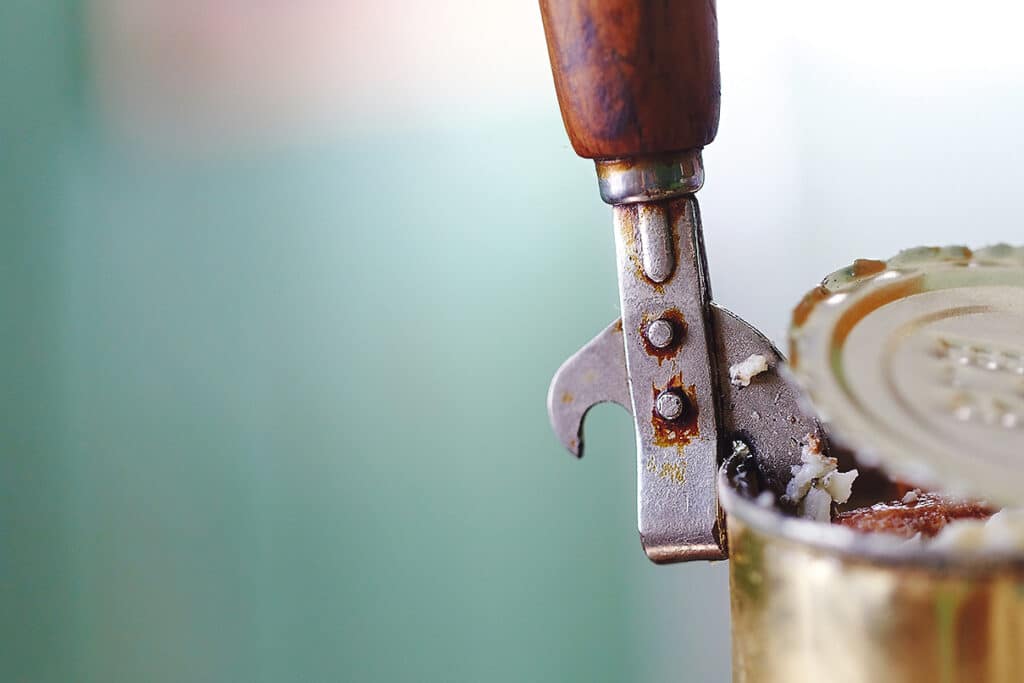“Americans spend more money on Botox, face lifts and tummy tucks than on the age-old scourges of polio, small pox and malaria.” – Victor Davis Hanson
Did you know that every single injection of Botox in the entire world is made in one single factory right here in Ireland, in Co Mayo? The plant in Westport exports the product to 70 countries and, since its foundation, has shipped hundreds of millions of vials of botox worldwide. The company is called ‘Allergan’ and the facility is 18,000 square metres of mainly automated lines, as well as state-of-the art microbiology and cell-based laboratory facilities with research and development capabilities. The new accounts show that the company’s overall revenues increased by 25 per cent or €1 billion, rising from €4 billion to €5 billion – evidence of the huge demand for the product worldwide. The company’s largest market is the US, which accounts for 68 per cent in sales followed by Europe, Africa and the Middle East, accounting for 14 per cent of revenue. Aging is something that none of us can hide from. Father Time waits for no man as the old saying goes, however, many of us do our best to keep him at bay. That’s where Botox comes into play with over seven million injections of the product administered annually. Its job is to paralyse the muscle so that lines cannot be formed from movement. By now we’ve all at least heard of Botox, some of us have had it, some of us know people who have had it and now we know where it’s made. But did you kanow that sausages were instrumental in its creation!
Yes, sausages. The poison known as Clostridium Botulinum forms in improperly canned tin foods, where small amounts of oxygen can enter and initiate the production of the botulinum toxin. It flourishes in anaerobic conditions and during wartime in the late 18th and early 19th centuries, when canning meat in order to preserve it became popular, the toxin exploded in volume and began killing people at unprecedented rates. Scarily, no one knew what was happening, it was a bizarre epidemic that spread, whereby people who had ingested the toxin became ‘frozen’, their faces were no longer able to move, their legs became rigid and within days they died. Botulinum toxin is one of the most lethal poisons in the world and it wasn’t until the late 19th century that we figured out what it was. In the late 1790s and early 1800s, the Kingdom of Württemberg in southern Germany was plagued with the effects of gone off sausages, which had expired and become sour in the tins they were packaged in. Amidst the ongoing Napoleonic Wars from 1803 to 1815, adequate food production was stymied by poverty and lapses in food hygiene. Cases of fatal poisoning spiked in the region, prompting the capital of Stuttgart to issue a notice in 1802 on the dangers of the “harmful consumption of smoked blood-sausage.” These sporadic outbreaks were characterised by blurry vision and paralysis. Still, no one knew exactly what was wrong.

Between 1817 and 1822, the German physician Justinus Kerner published the first complete description of the symptoms of botulism, based on extensive clinical observations and animal experiments. He concluded that the toxin that develops in bad sausages under anaerobic conditions, is a biological substance, acts on the nervous system, and is lethal even in small amounts. Kerner hypothesised that this ‘sausage toxin’ could be used to treat a variety of diseases caused by an overactive nervous system, making him the first to suggest that it could be used therapeutically. In 1870, the German physician John Müller coined the term botulism to describe the disease caused by sausage poisoning, from the Latin word botulus, meaning ‘sausage’
However, it took until 1978 for it to be used in the fashion we are familiar with today, when Alan Scott, an ophthalmologist, in an unprecedented move decided he would inject the world’s deadliest toxin into a human for the first time. This was momentous and required extreme caution including doing the injection in an operating room, monitoring by emergency personnel, and a stay in the intensive care untit post injection. It went without a hitch, but the minuscule dose allowed by the Food and Drug Administration (FDA) overseers had no effect. The good news was it caused no harm.
In December 1989, Scott received approval for use in humans aged 12 and over for treating strabismus, and blepharospasm. The following year he sold his company to Allergan for 9 million dollars. Allergan opened the facility in Mayo and is worth $63.65 billion dollars today. Ironically, the anerobic conditions that Allergan uses to grow the botulinum toxin in Westport are the exact same conditions that allowed the preservation of a neolithic village under the Céide Fields in Mayo, as well as bog bodies throughout the country. Despite them being thousands of years old, they have been preserved so well that we can see their fingerprints. Arguably, the best advertisement for Botox of all.



